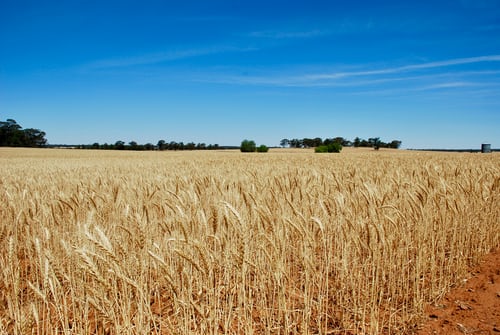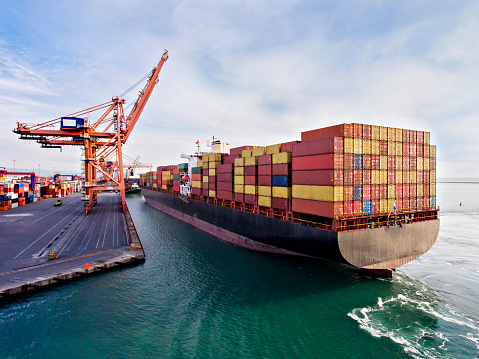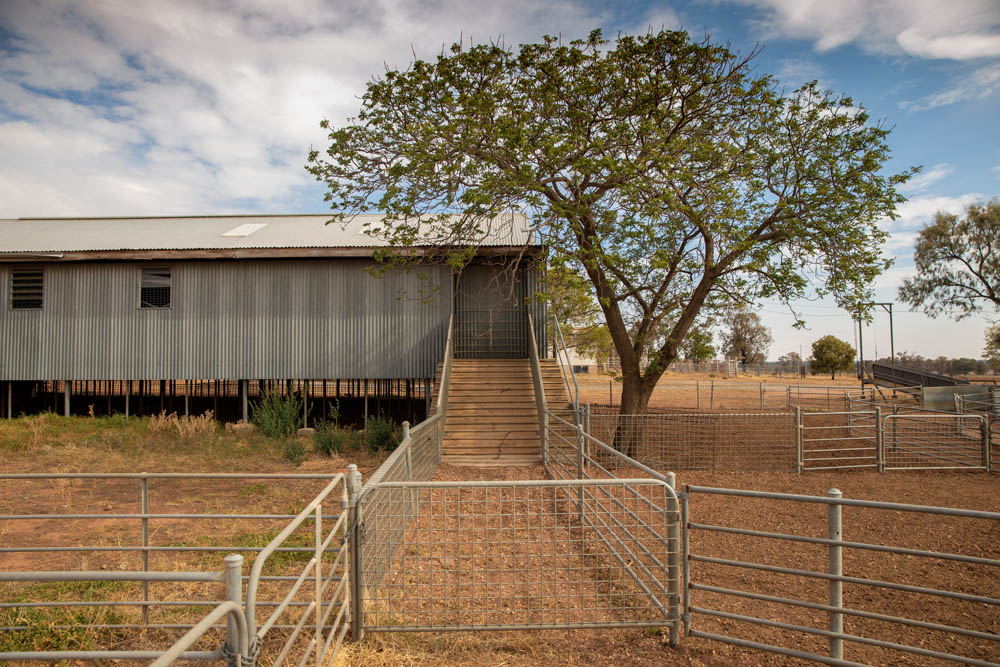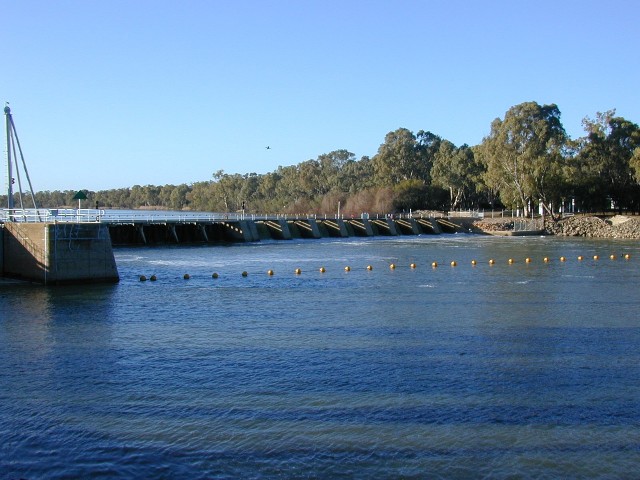The International Monetary Fund estimated that the world economy contracted 3.3% in 2020. The economy is forecast to return to growth in 2021. The Australian economy had a short recession but rebounded strongly through late 2020 and early 2021. Australia was one of the best-performing economies around the world since the beginning of the pandemic, though COVID outbreaks in New South Wales and Victoria since May have presented new headwinds.
Continued high livestock prices created intense competition between restockers and processors. The state recorded lower slaughter numbers with restockers paying premiums for young cattle and cows.
The cropping sector had a healthy recovery, first with the largest summer crop in three years, then a significant winter grain harvest. However, following harvest, the mice population exploded through north and central west NSW. The mouse plague has contaminated hay and crops, and imposed greater costs on farmers. Despite this, conditions are positive for the upcoming year.






